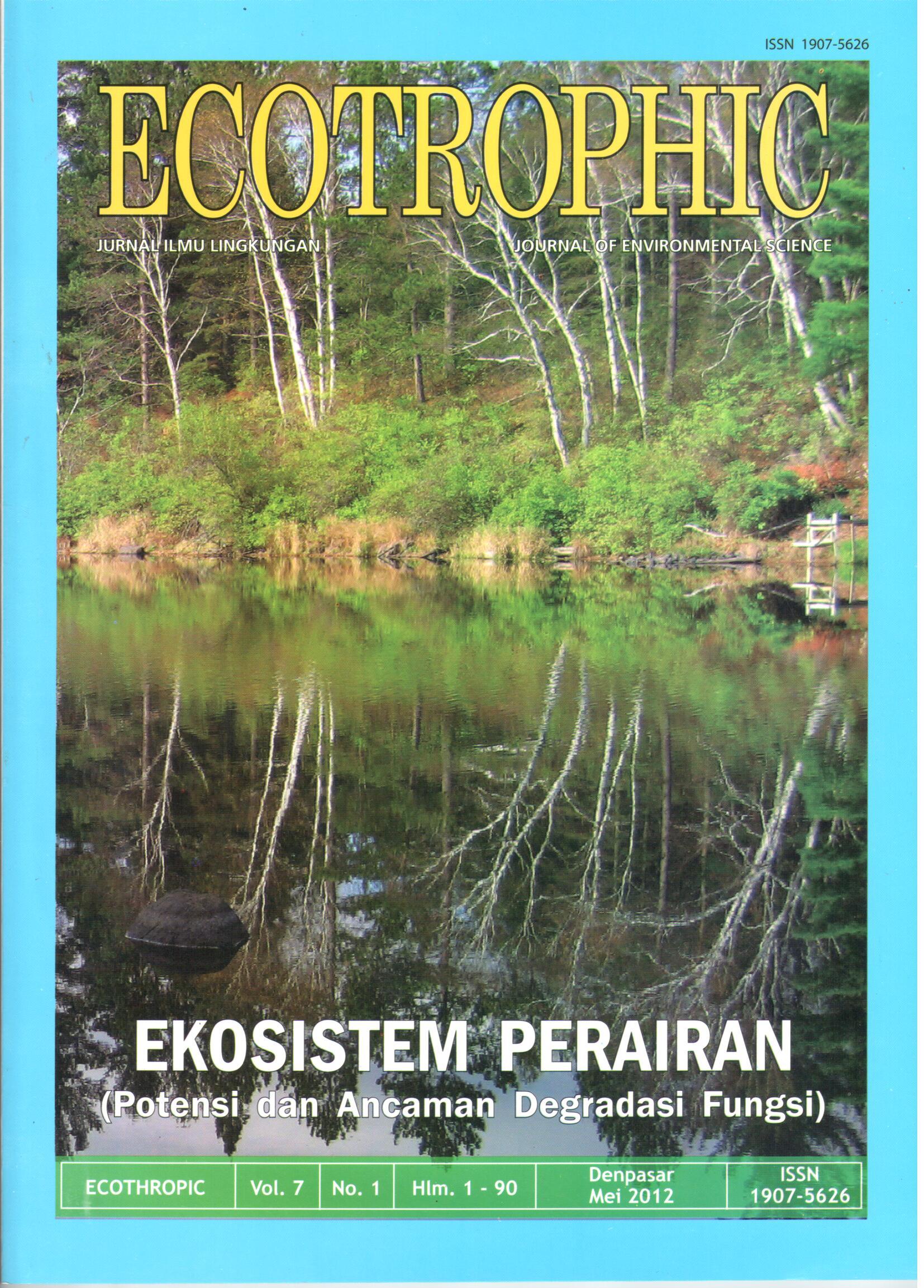STUDY OF POTENTIAL FISHING GROUND FOR SKIPJACK TUNA (Katsuwonus pelamis) in SAWU SEA EAST NUSA TENGGARA PROVINCE USING REMOTE SENSING SATELLITE AND FISHERY DATA
Abstract
Indonesia's marine waters contain natural resources, especially biological resources, such as fish abundant and diverse. Skipjack tuna is one of the pelagic fish that have a high commercial value and eao be found in the sea water of the eastern part of Indonesia, especially in the sea waler of Kupang, East Nusa Tenggara Province. This study employed the average composite data of Sea Surface Temperature, Chlorophyll-a and Photosyntetically Active Radiation (PAR) are got from Aqua MODJS satellite in 2006, and wind speed data from Quickscat satellite. Vertieally Generalized Production Model (VGPM) was proposed by Behrenfeld and Falkowski (1997) was used to estimate the Primary Production (PP). The Fish Production was estimated using the formula wa.???? proposed by Pauly and Christensen (1995). Fish Production in-situ data were provided by Ministry of Ma,ine and Fisheries East N\lsa Tenggara Province in 2006 that was 4,685.75 ton/year. Potential fishing zone for Skipjack Tuna (Katsuwonus pe/amis) was divided in Lo Southeast, Transition II, and Northwest monsoon. At Northwest monsoon was low potential fishing ground. The good fishing zone was observed in western part of Sawu Sea. The Estimation of higher fish catching estimated during Southeast and Transition II monsoon. The results of Primary Production (PP) showed the same patterns with Chlorophyll-a. The estiination of fish production in Sawu Sea was 6,563.08 ton/year. With comparing between fish production estimation and fish production from Ministry of Marine and Fisheris data showed the utilization rate was 71.39 % in Sawu Sea. The correlation between SST and fish catching was low (-0.25) and the correlation between Chlorophyll-a and fish catching in Sawu Sea was low (0.12). The correlation between Chlorophyll-a and SST in Sawu Sea showed inversely relationships (correlation coefficient of -0.24 and has a different and opposite patterns). The correlation between Primary Production (PP) and Chlorophyll-a showed close relationships of 0.98 (R=o.98).


